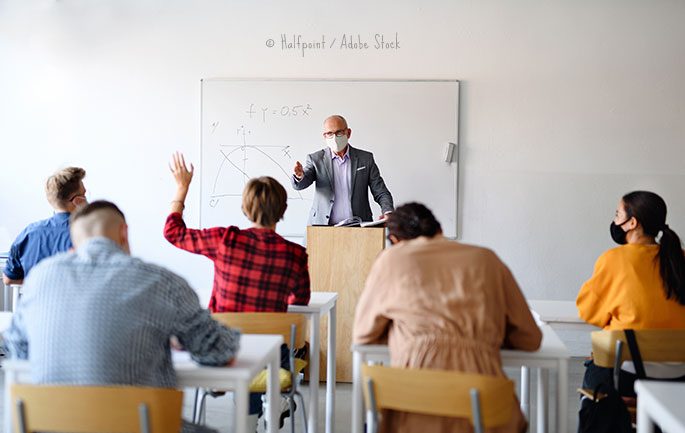
COVID-19 has made us rethink all matters of hygiene. Since the coronavirus widely spreads via surfaces, they must be cleaned and sanitized to curb the spread. This is particularly true in schools, where students spend significant amounts of time confined in the classroom. There’s a risk of COVID-19 infections spreading in any confined environment, especially when surfaces are not thoroughly cleaned and sanitized.
It’s important to maintain a daily COVID cleaning checklist for schools, sanitizing and disinfecting all classroom contact surfaces. There are numerous activities to create a safer space for students in schools, from installing hand sanitizer stations to more recycling containers.
Below is a daily COVID classroom cleaning checklist with all the sanitizing and disinfecting protocols to limit COVID-19 in schools:
Cleaning chairs and desks in classrooms
In a typical classroom environment, the students likely spend most of the time at their chairs and desks. There’s a lot of contact with these fixtures as students sit to learn and take notes. As such, it’s important to disinfect every chair and desk surface thoroughly. Make sure the washing, sanitizing, and wiping are done in an organized manner.
The same amount of caution should be applied to the teacher’s chair and desk as well. Ensure the desk an10d chair are disinfected to keep away the germs.
Cleaning blackboards and display boards
The blackboard is another primary point of contact in a classroom, and it should be disinfected regularly. The writing utensils for blackboards or whiteboards, such as chalks and markers, should be disinfected and stored away after every use. Other areas in your custodian cleaning checklist should include noticeboards and other display boards. They are both high-contact surfaces.
Cleaning stationeries and classroom supplies
The classroom is an interactive learning environment where supplies are frequently used and exchanged among students. It is common to find textbooks, stationeries, and miscellaneous school supplies lying around the classroom. These items are likely to have made recent physical contact with a person, so they should be part of the school’s daily cleaning checklist. After sanitizing, store away these items in the appropriate containers or cabinets.
The storage cabinets for school supplies should also be cleaned. We frequently open and close cabinets to store or remove all manners of items. As such, they can easily transmit germs from one person to another. To minimize their chances of spreading COVID-19, disinfect them as regularly as possible.
Disposing of the trash and recycling bins
Contaminated items often end up in the trashcan or an indoor recycling bin. Cups, paper bags, disposable lunch boxes, serviettes, disinfectant wipes, and other such waste can end up in the trashcan. Anything germy is likely to end up in this container. For this reason, the trashcan should be disposed of as frequently as is necessary. Once the trash bin is empty, dry it before replacing the liner.
Cleaning classroom walls, windows, doors & lights
There is a likely chance that a couple of students have leaned on, or touched, the walls of the classroom. This is a potentially contaminated surface area where the virus could spread. Make sure the walls are cleaned and disinfected before class starts.
Doors are among the most touched fixture in a classroom, so make sure you prioritize their disinfection in your COVID classroom sanitizing routine. Other commonly accessible items include windows, window tracks, and blinds. These surfaces must be cleaned and wiped down as frequently as possible to keep infections away.
In addition, lights and switch plates should be wiped clean. The plates are frequently touched to plug in equipment or turn on the lights, making them a risky yet overlooked contamination area.
Cleaning school and classroom floors
An important step of how to disinfect a school is cleaning the floors. Whenever an infected student coughs, some droplets could potentially end up on the floor. Since the school floor is a high-traffic source among students and staff, the risk becomes exponentially higher. That’s why the floors should be washed, mopped, and disinfected regularly. Remember to include doormats and rugs as part of your cleaning process too.
Providing sanitizer wipes dispensers
Your COVID classroom cleaning checklist would be incomplete without dispensers and sanitizer wipes. The sanitizer wipes dispensers can come in stands or wall-mounted models, making them a versatile option for classrooms, staffrooms, and administrative offices. Strategically place these dispensers at the entrances and other common areas within your school, and enforce a strict rule where entry is only allowed after sanitizing.
Providing PPE for the school cleaners
To clean the various areas in the classroom, you should invest in personal protective equipment (PPE) for the cleaners. The first line of defense is to protect those with cleaning responsibility. Ensure the cleaners are equipped with the right types of PPE, including gloves, safety goggles, and face shields. The PPE protects the school custodians without putting them at risk or contaminating their workstations.
After using PPE, you must dispose of the equipment properly. Make sure there are enough PPE disposal containers installed in your facility. These secure containers help to ensure the proper and easy disposal of PPE waste.














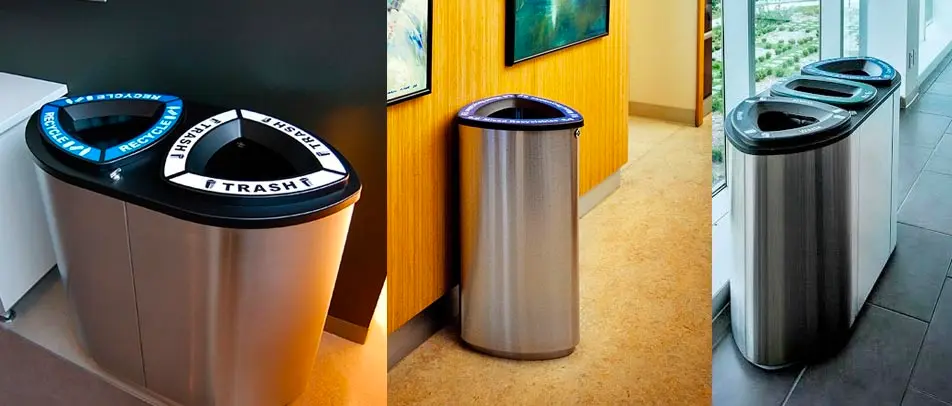
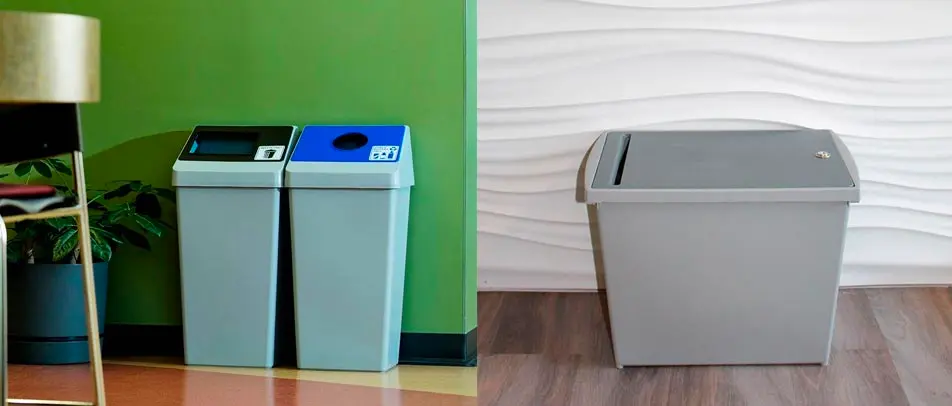


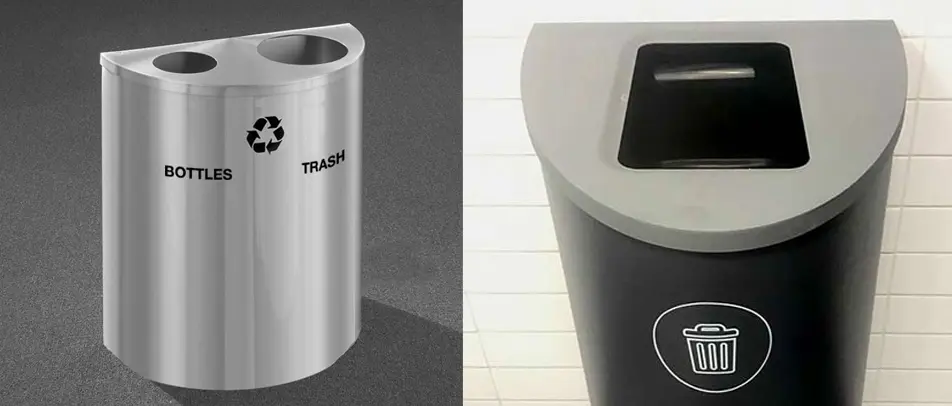


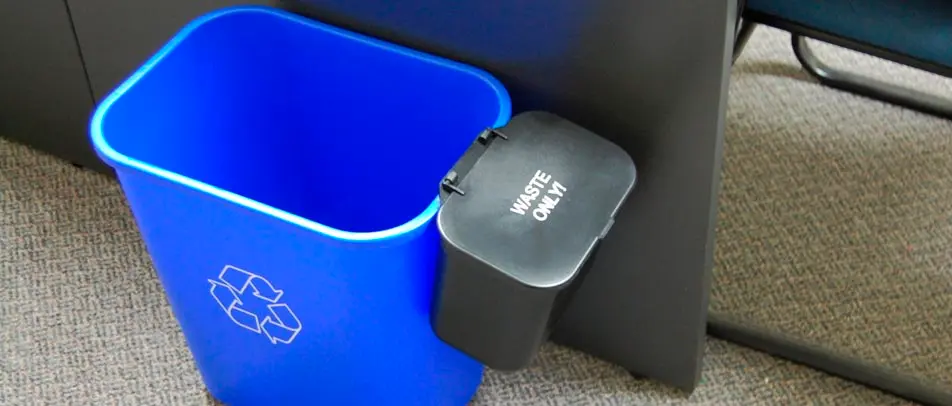
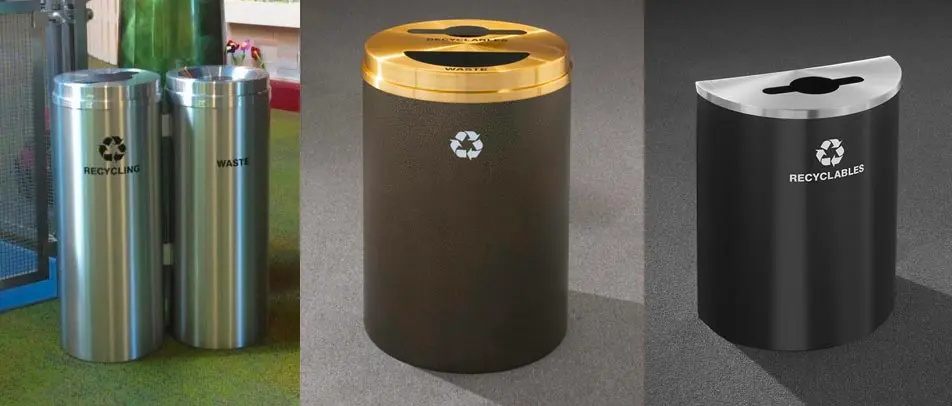
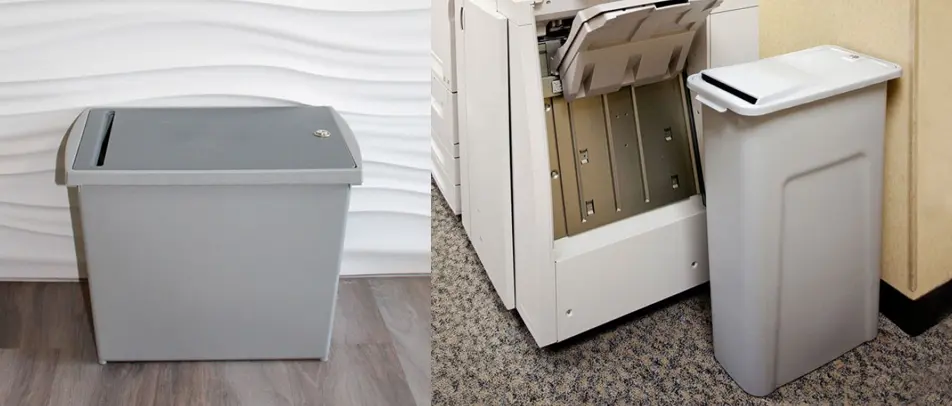

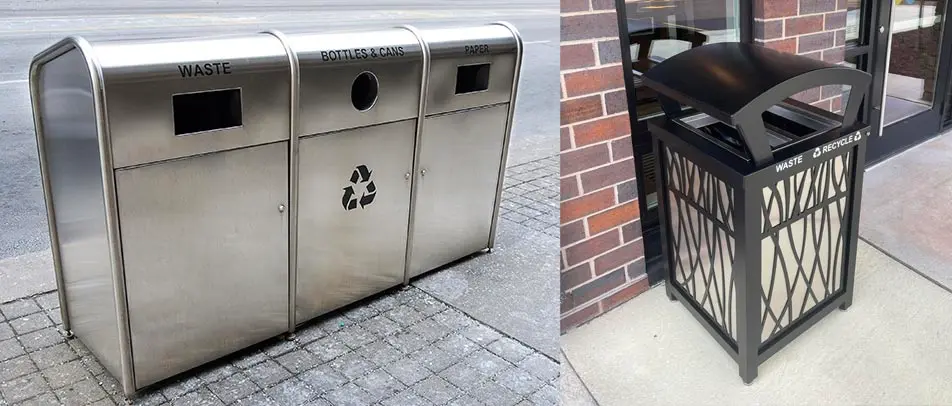



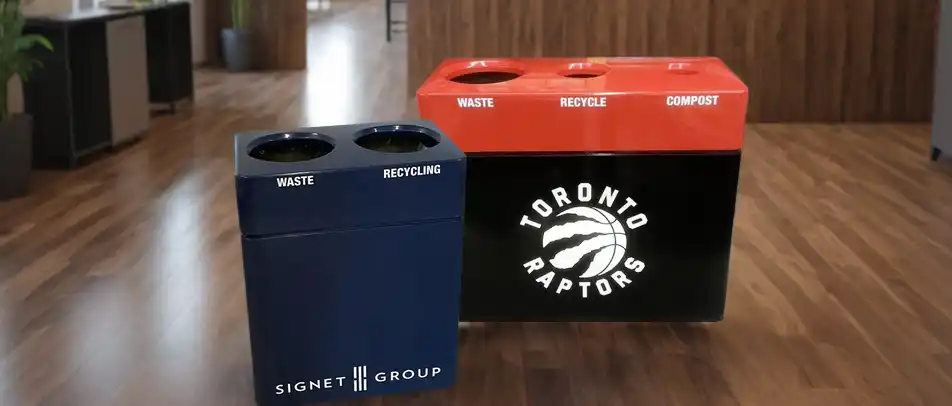



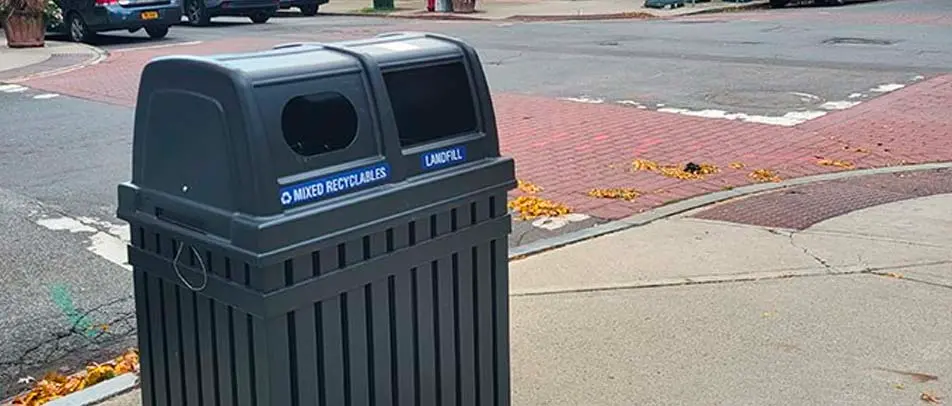
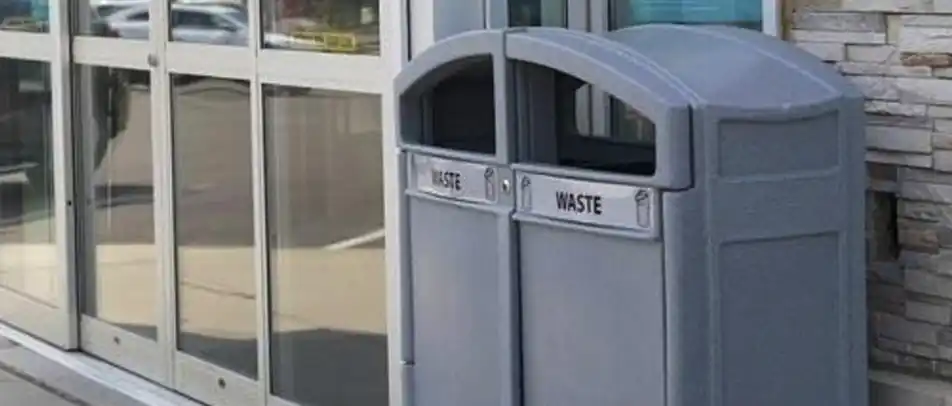
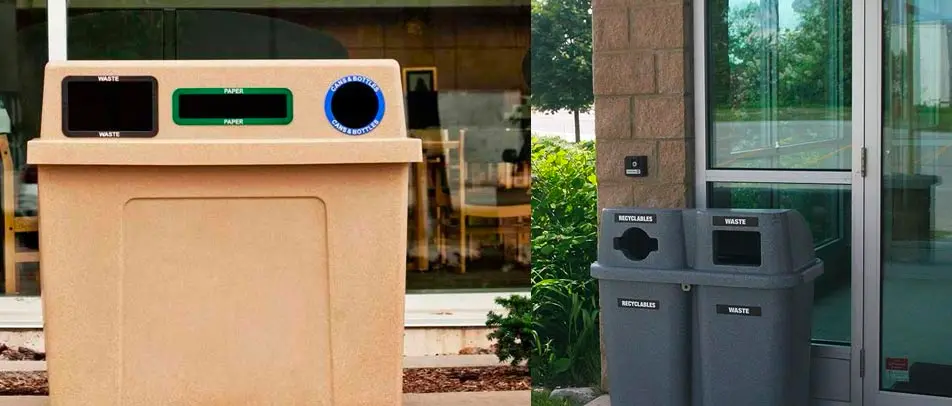
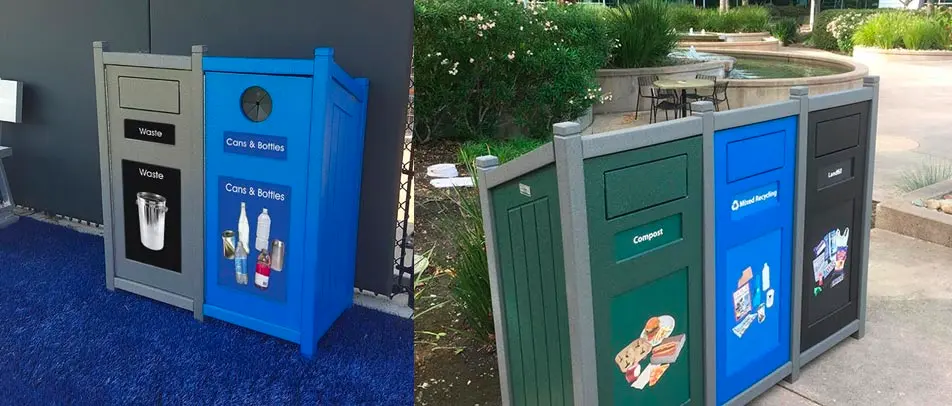
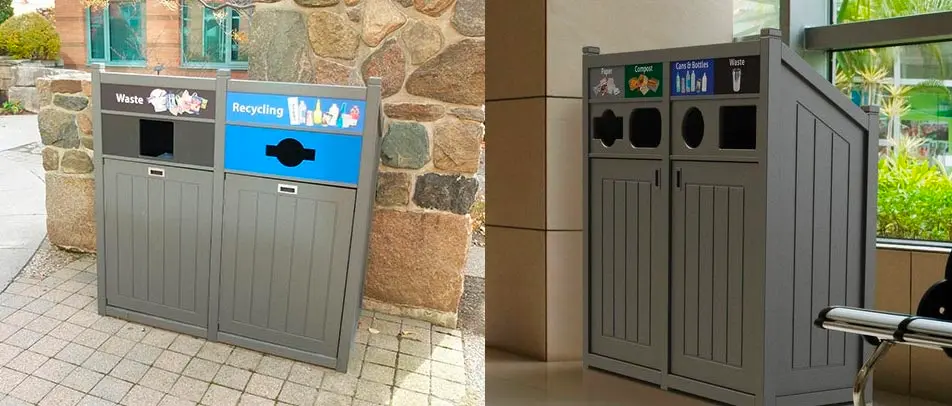

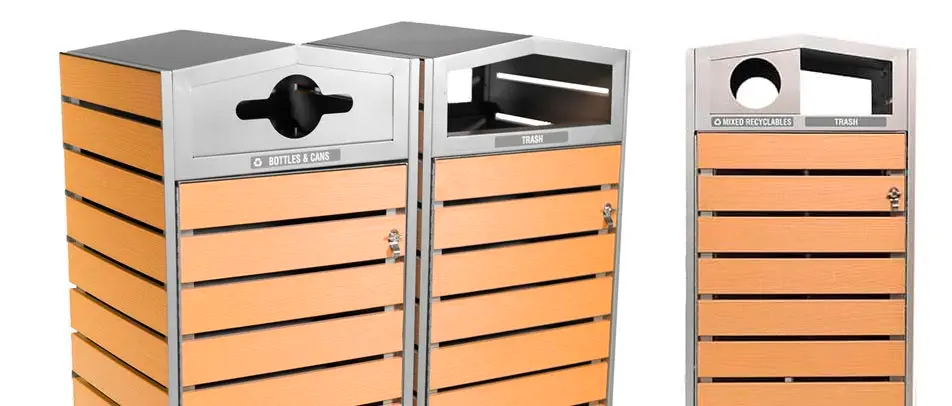

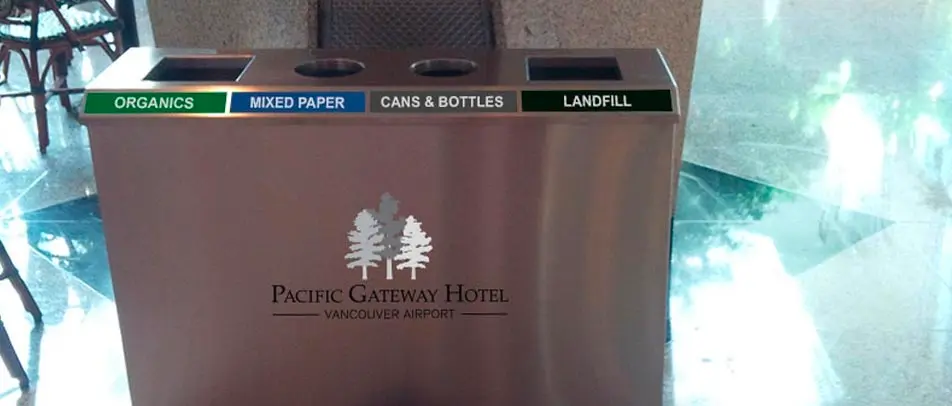

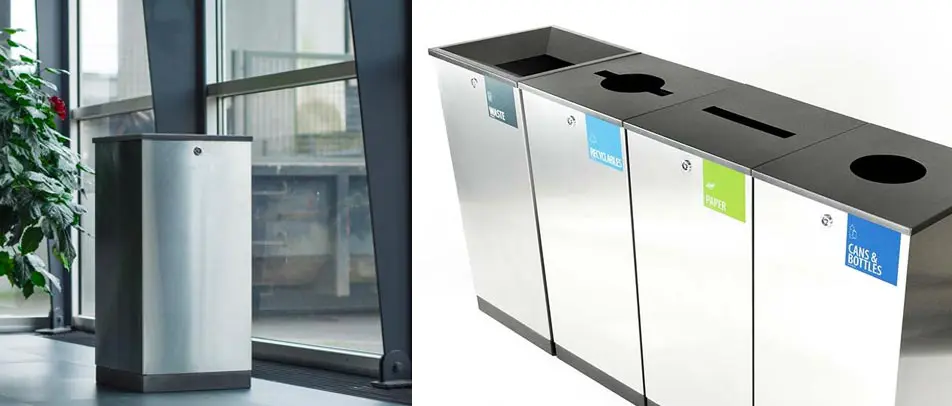
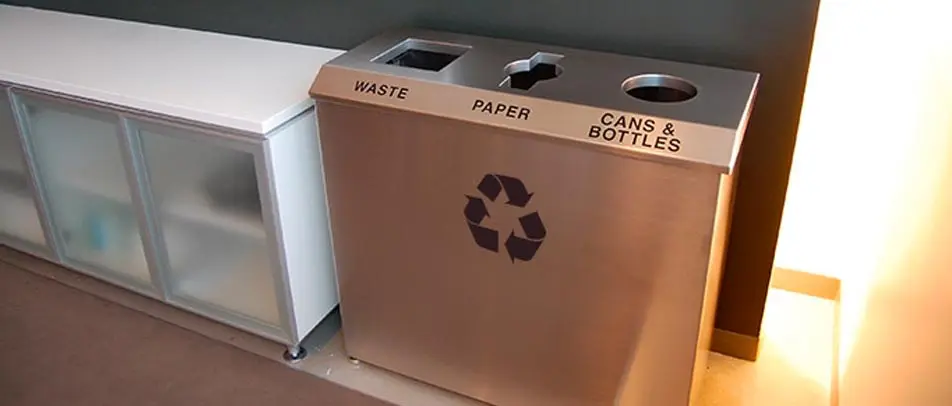
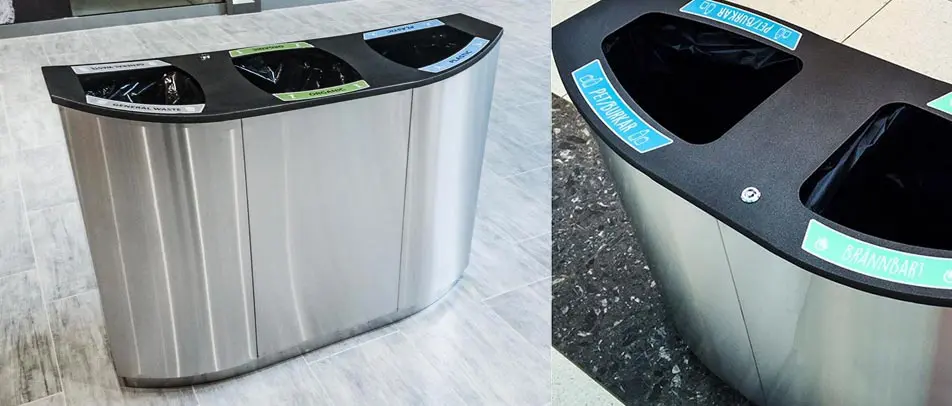

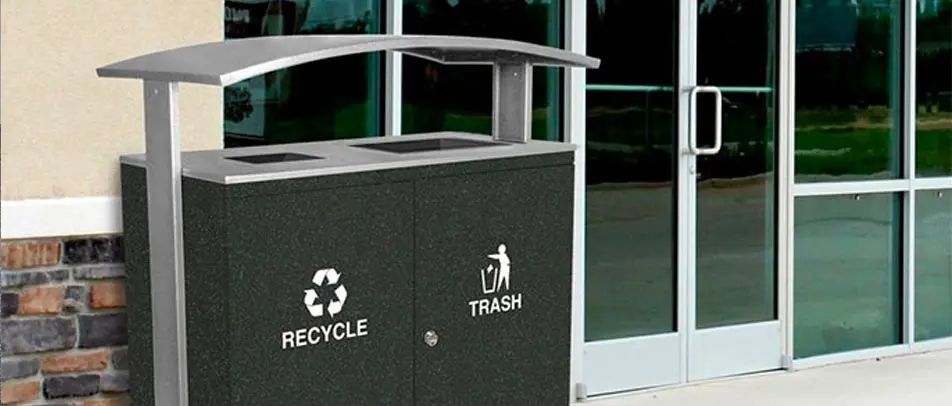
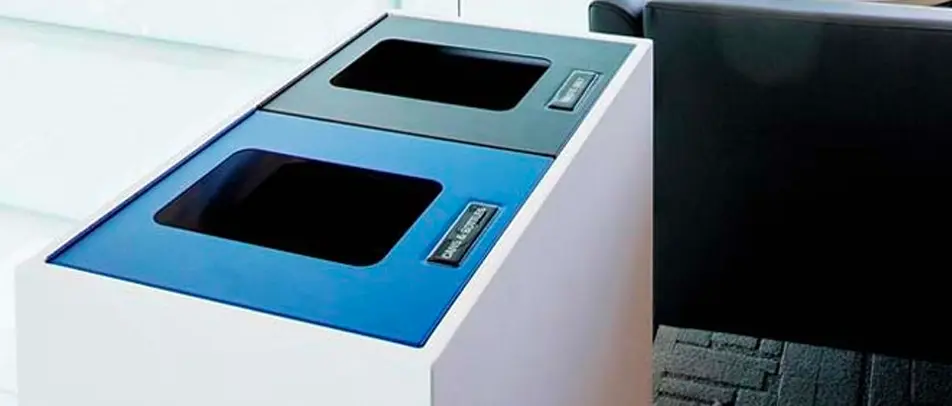
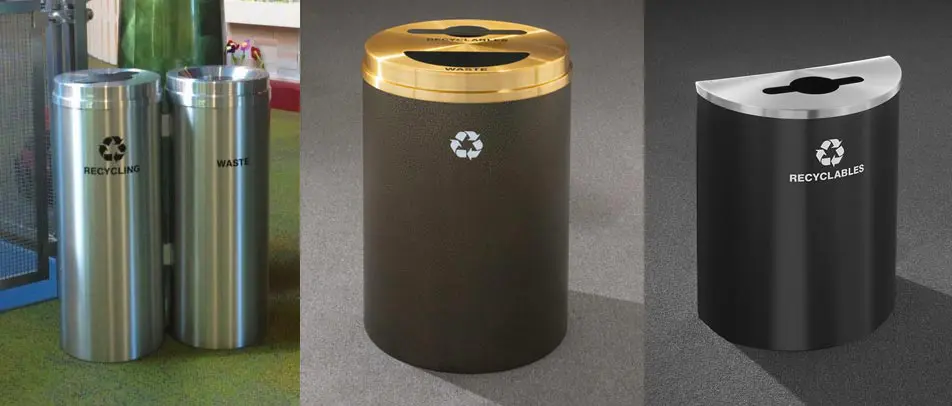

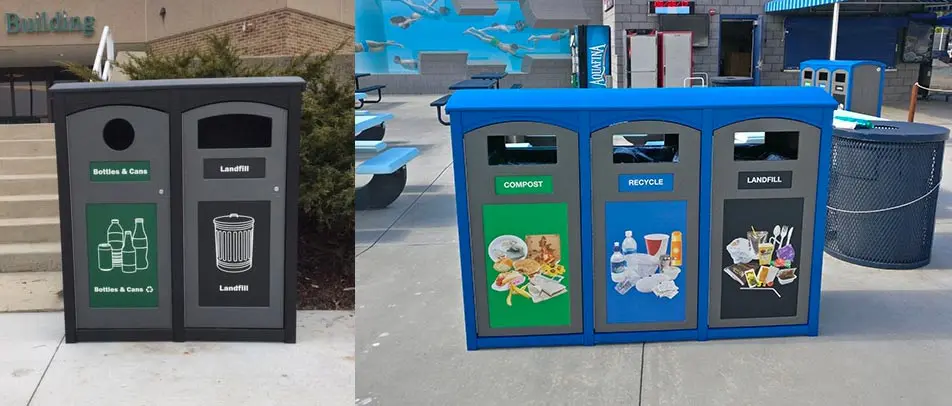
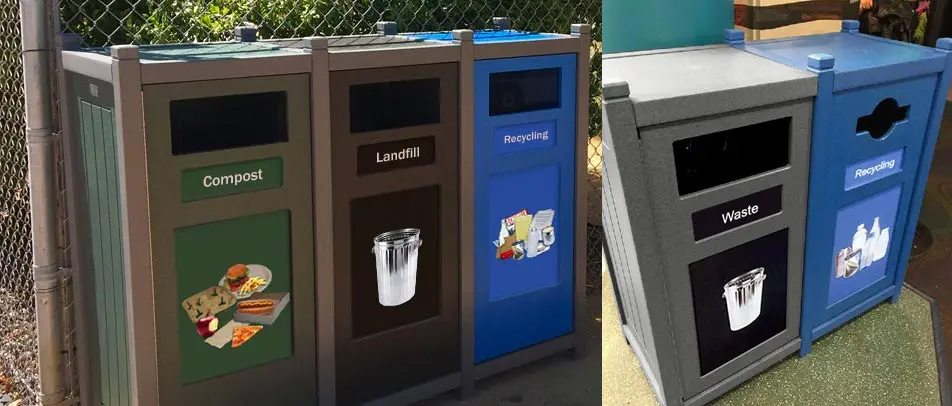
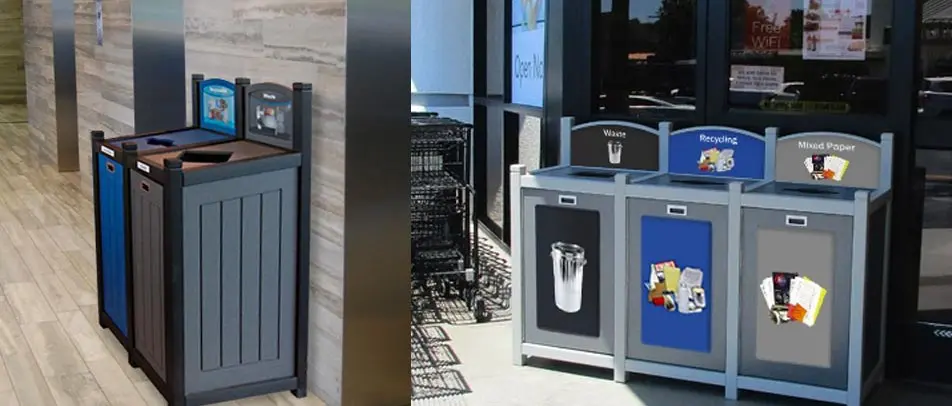


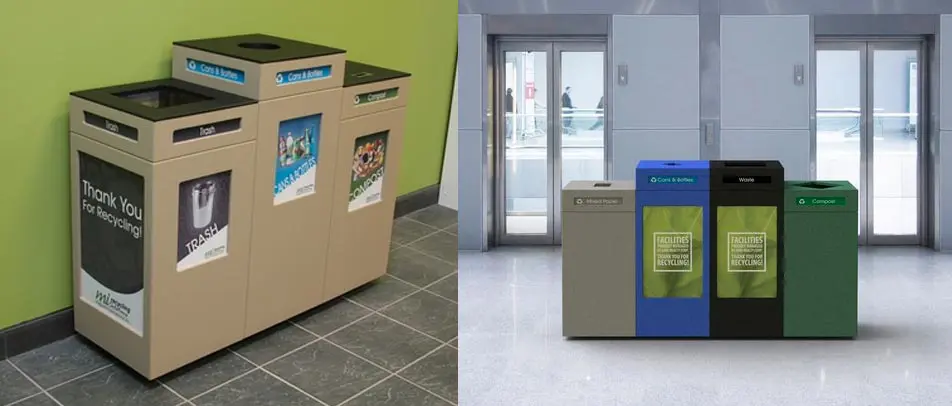
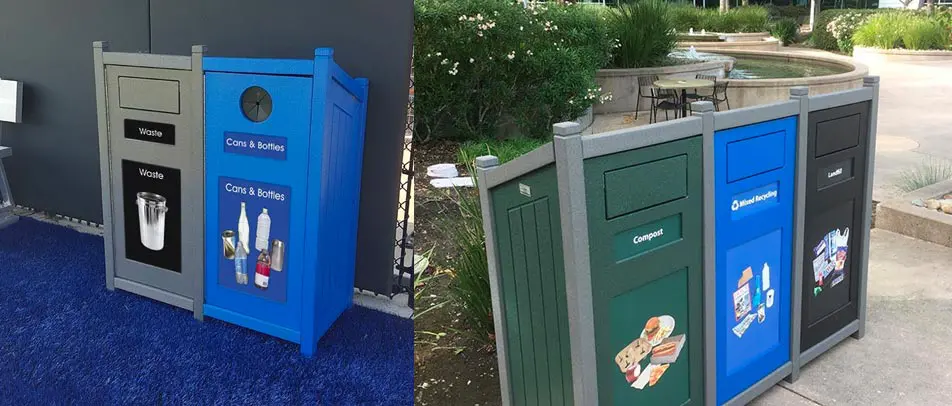
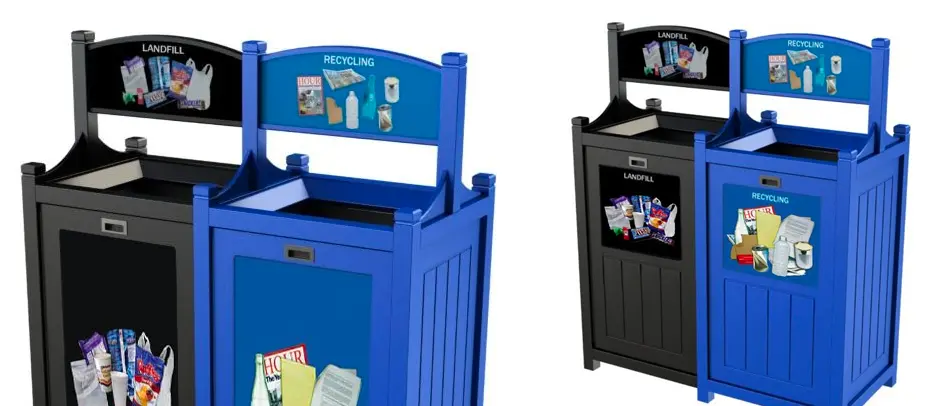


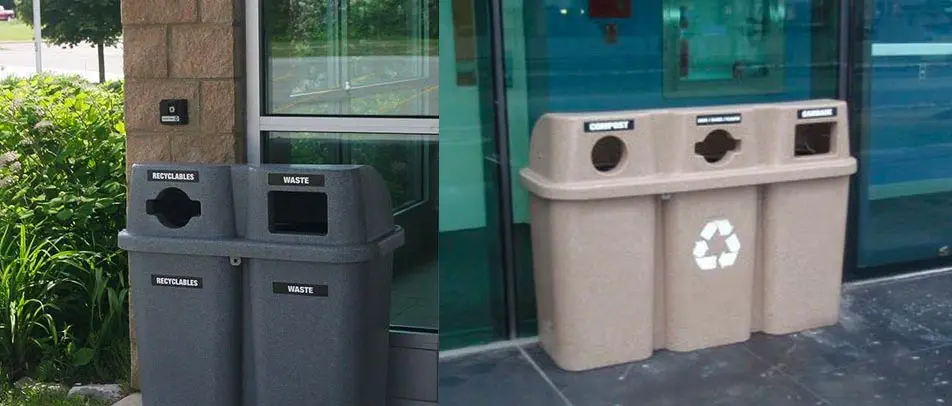
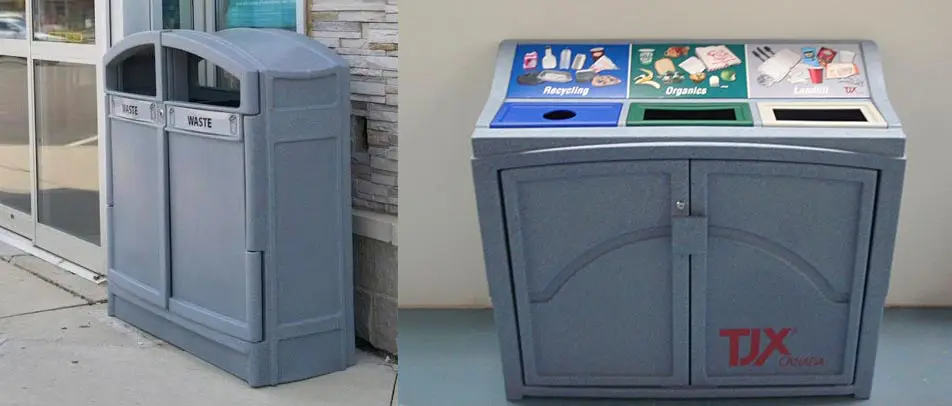
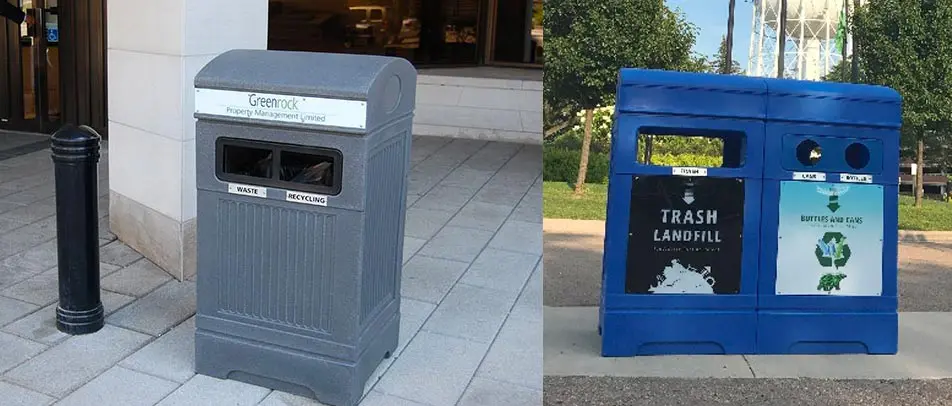
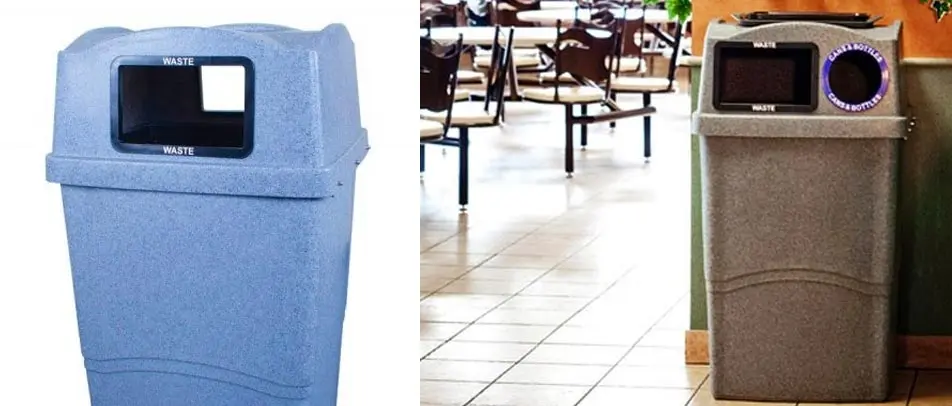
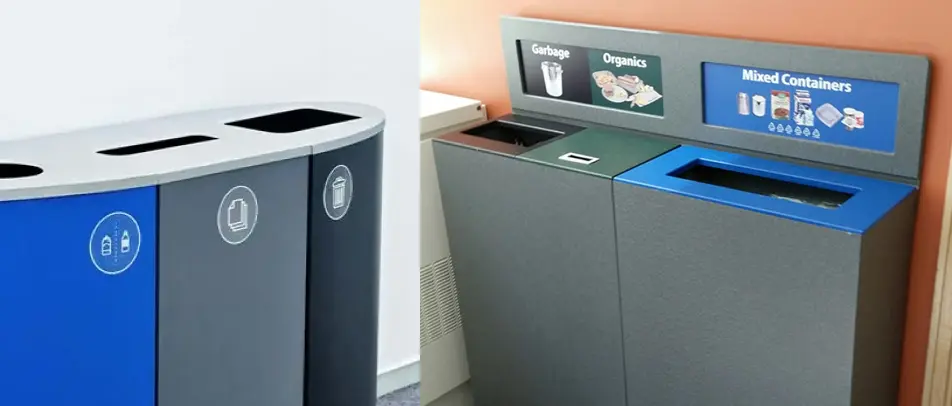
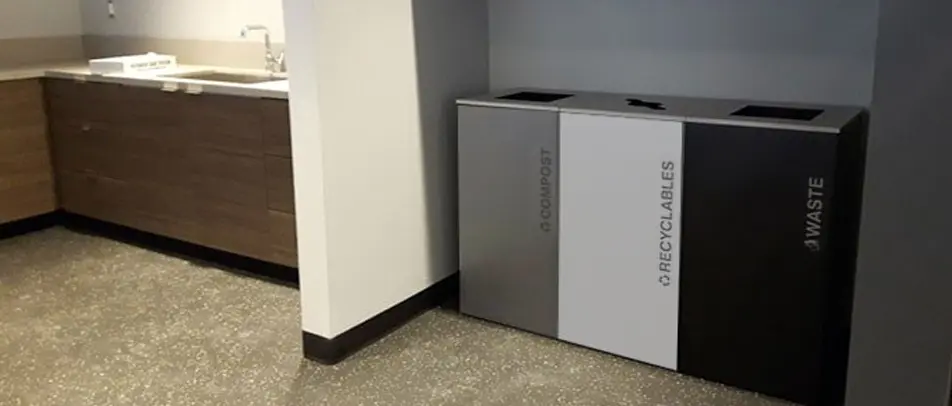
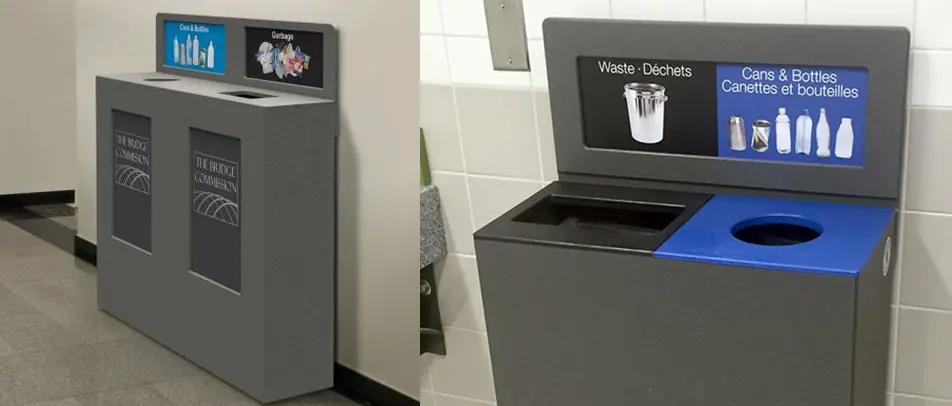
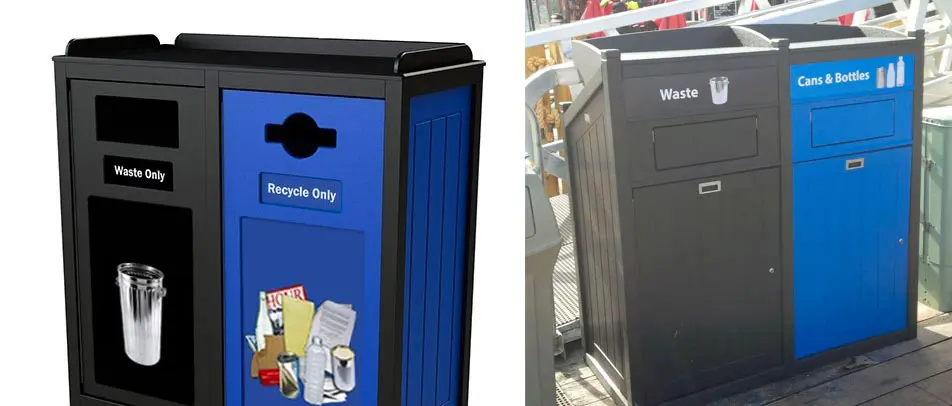
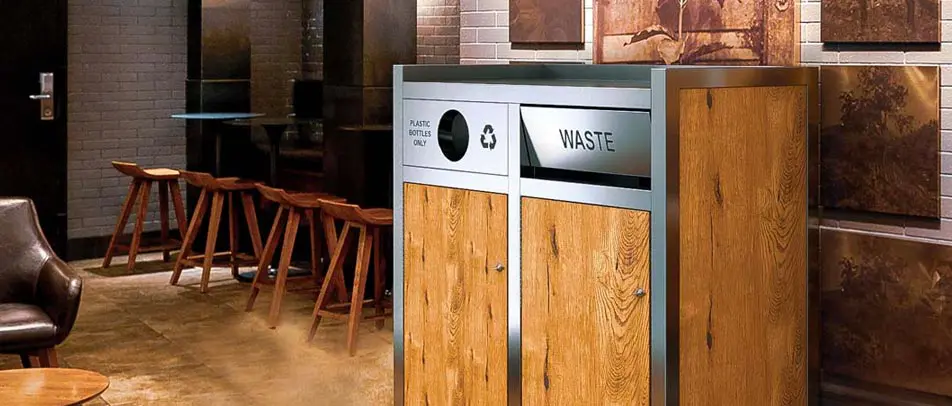




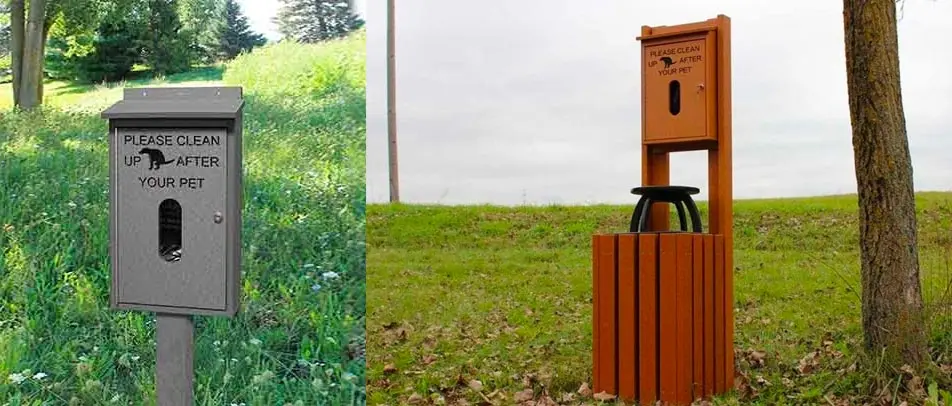

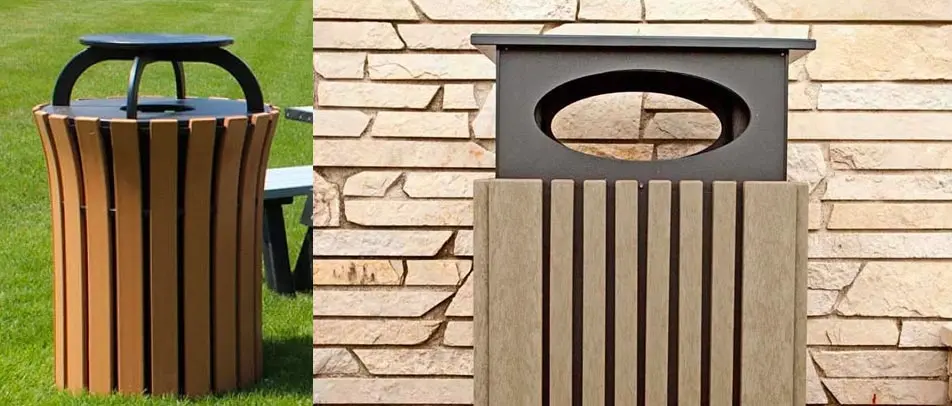


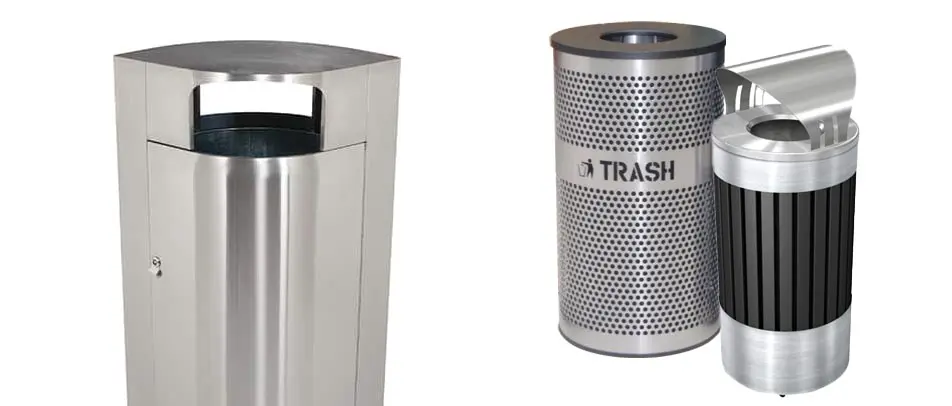

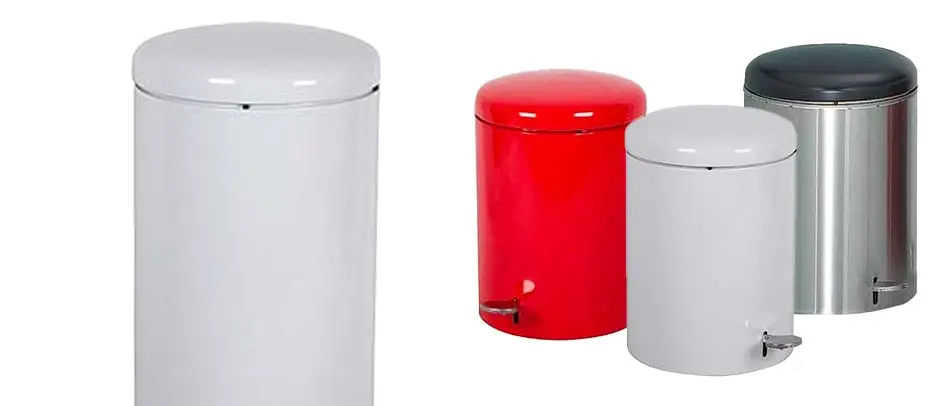





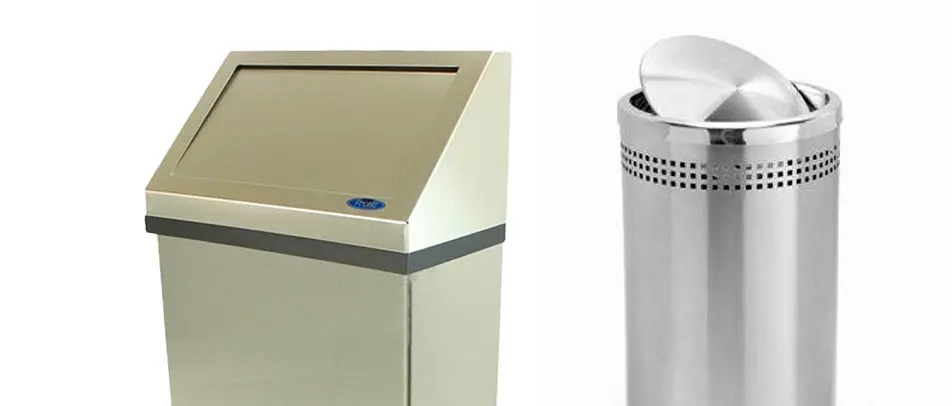

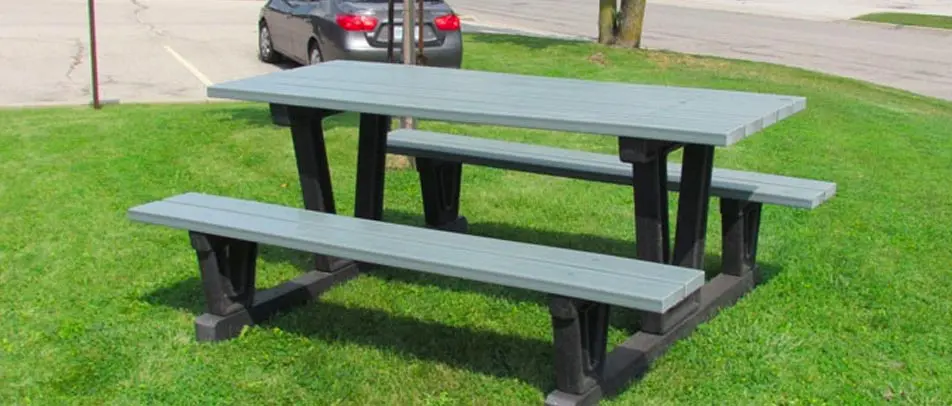





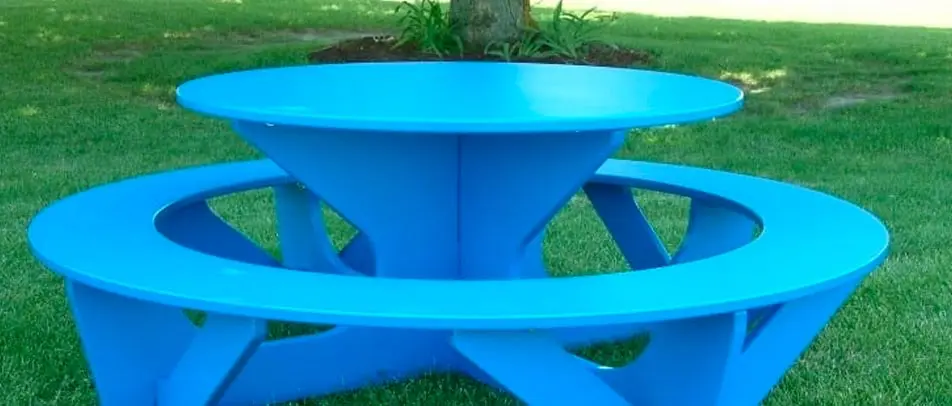
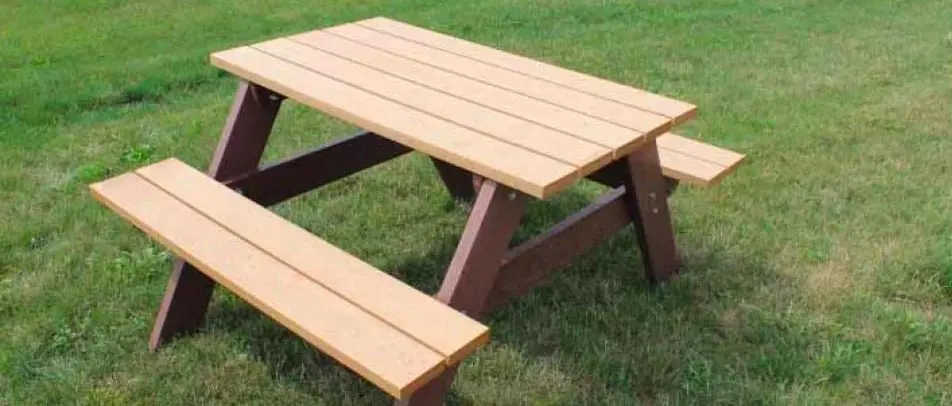
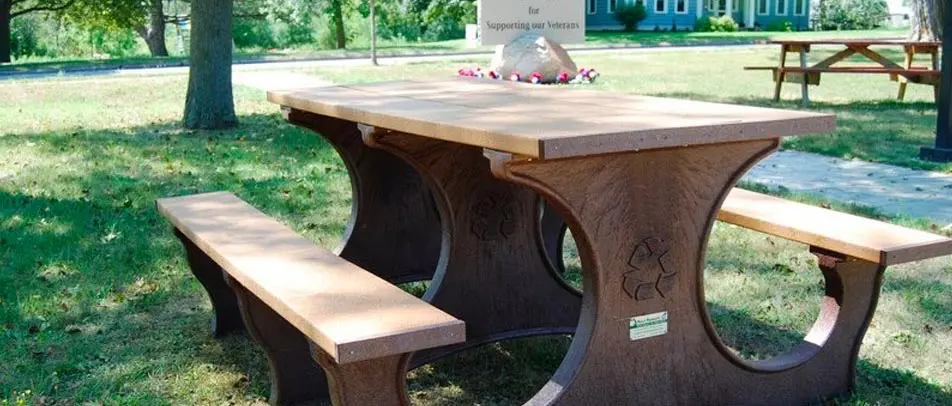
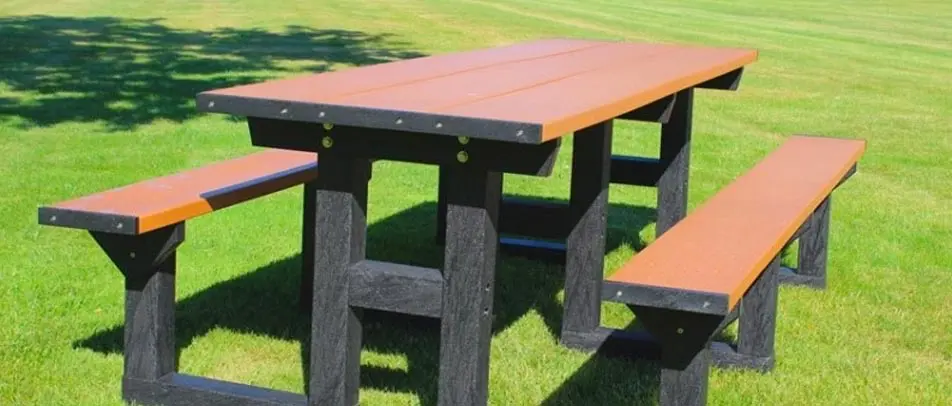

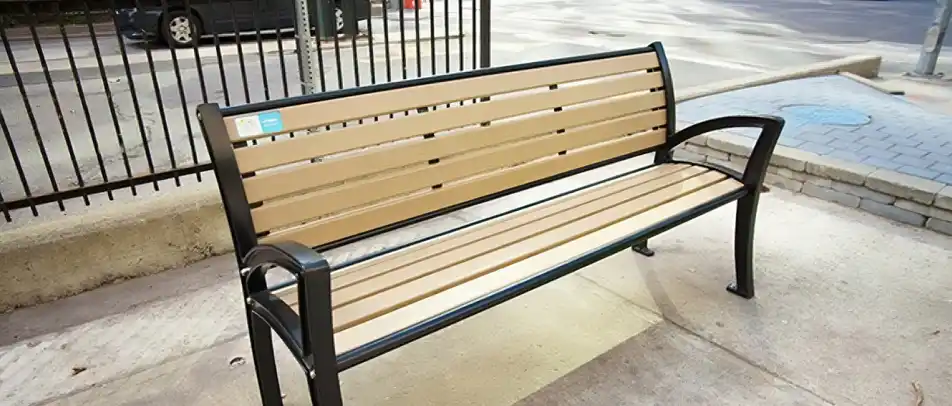

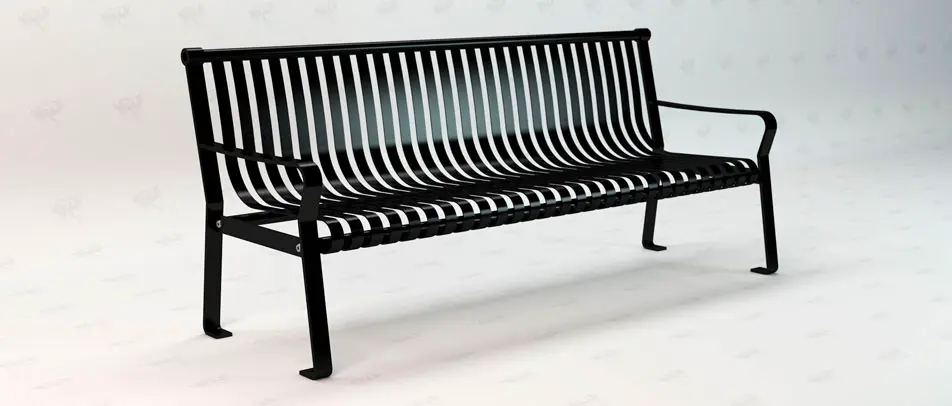
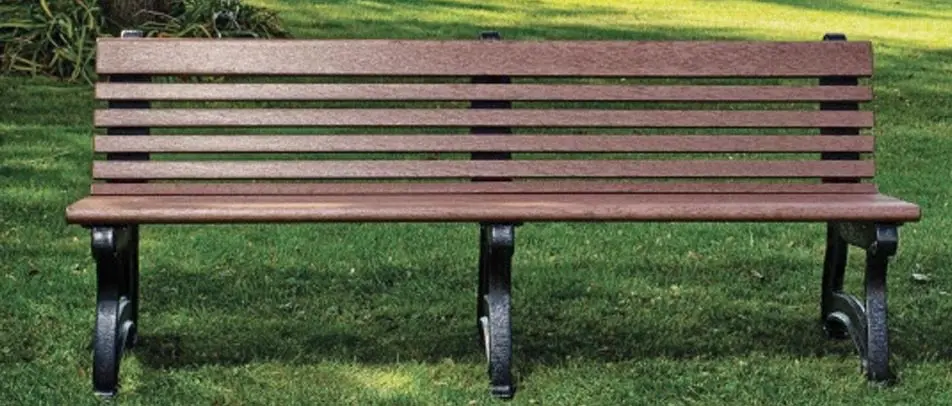
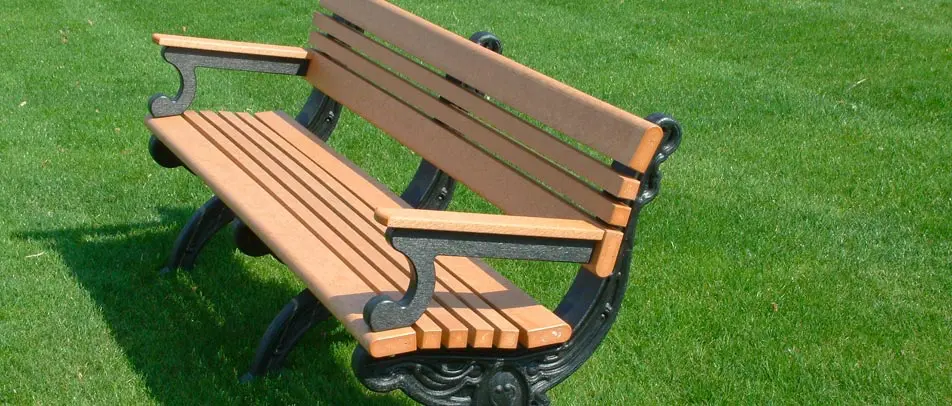
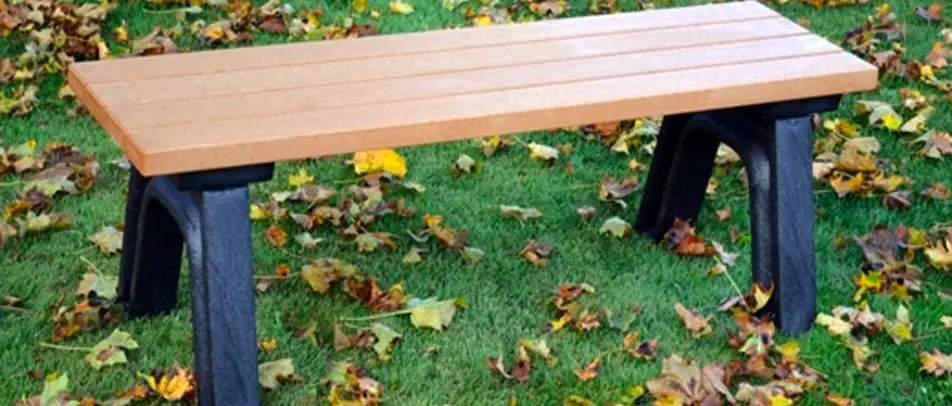
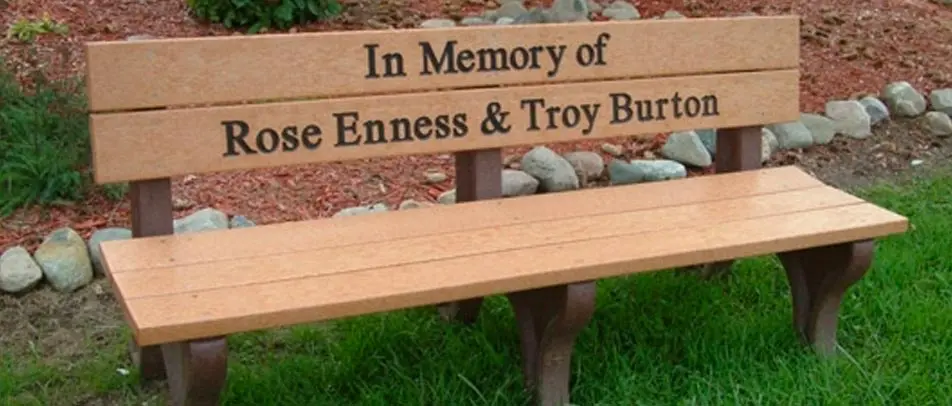



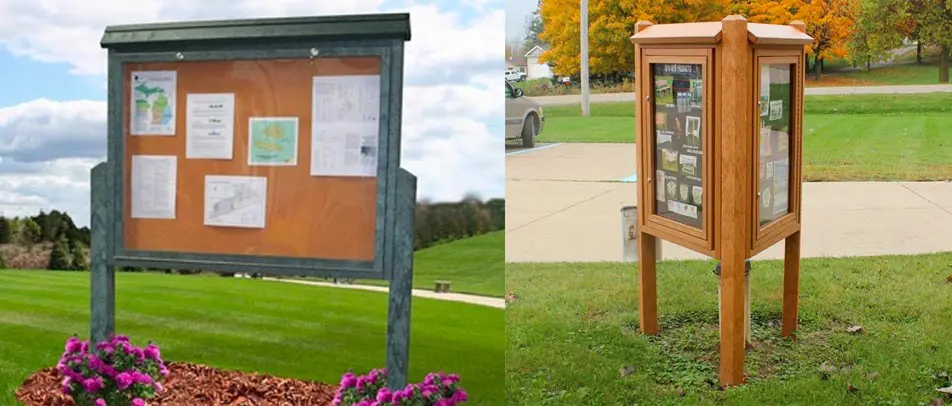
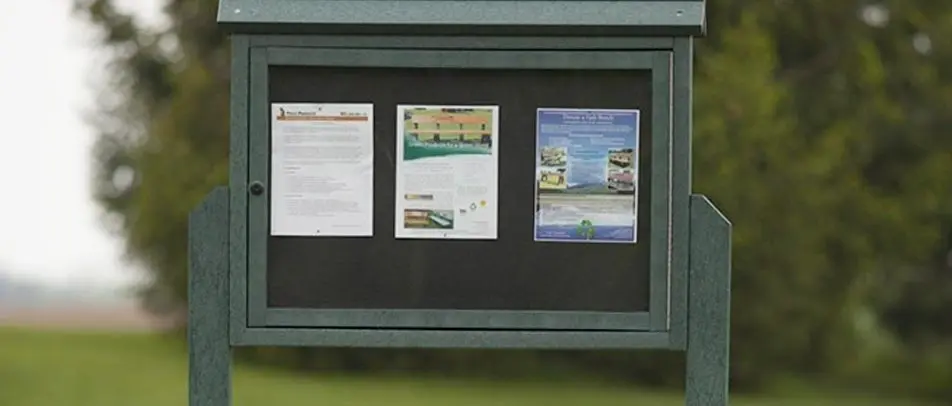
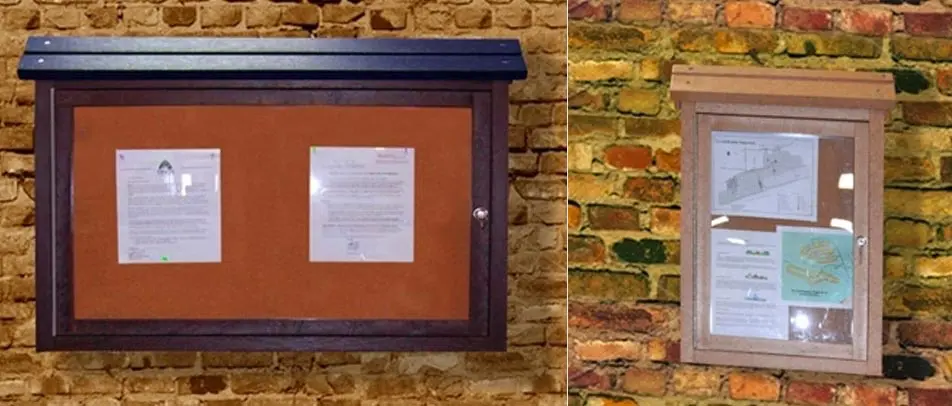


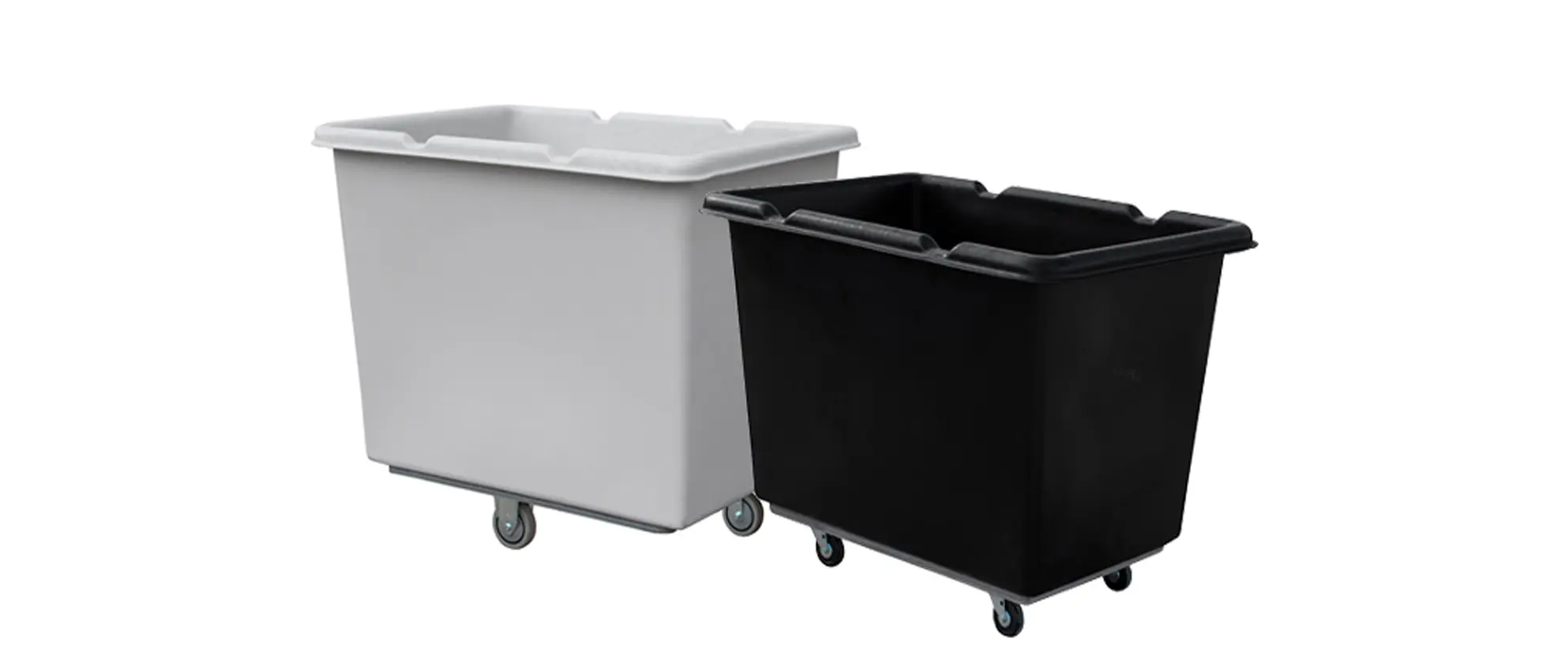




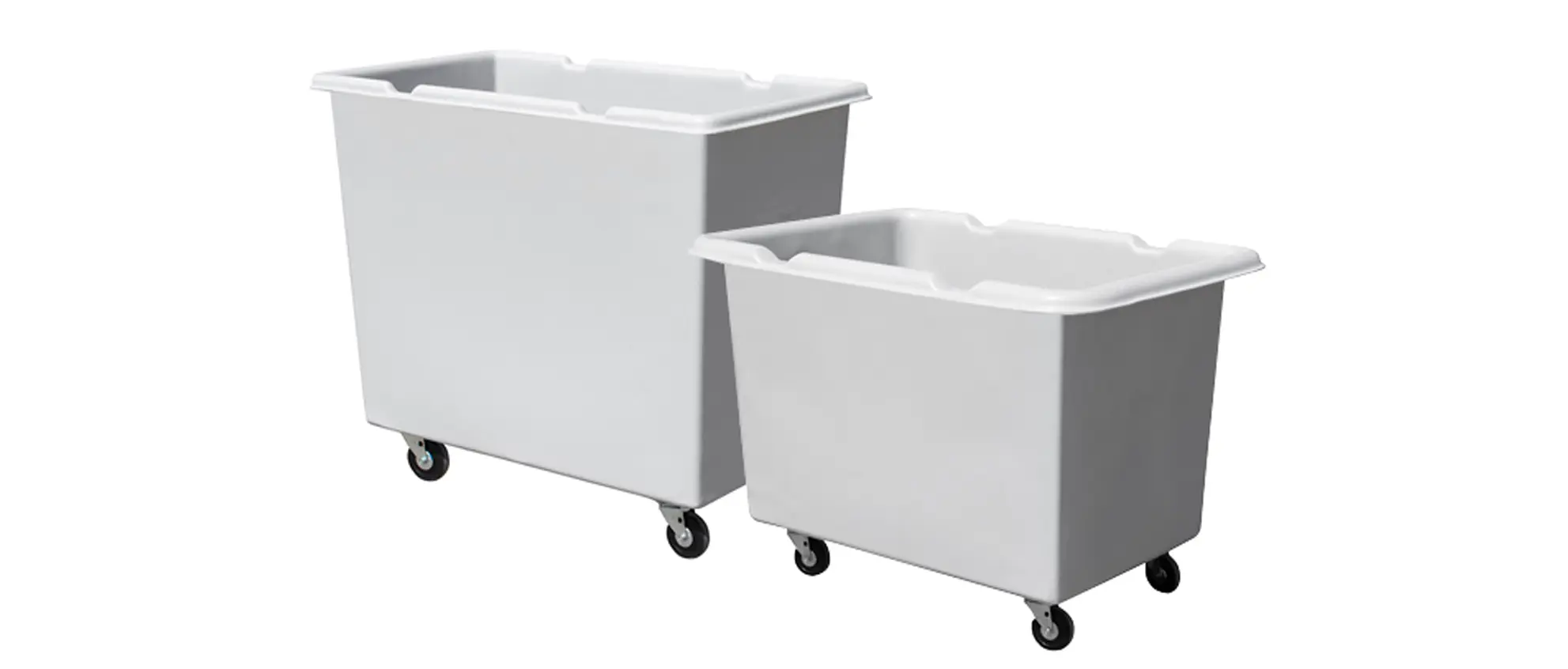


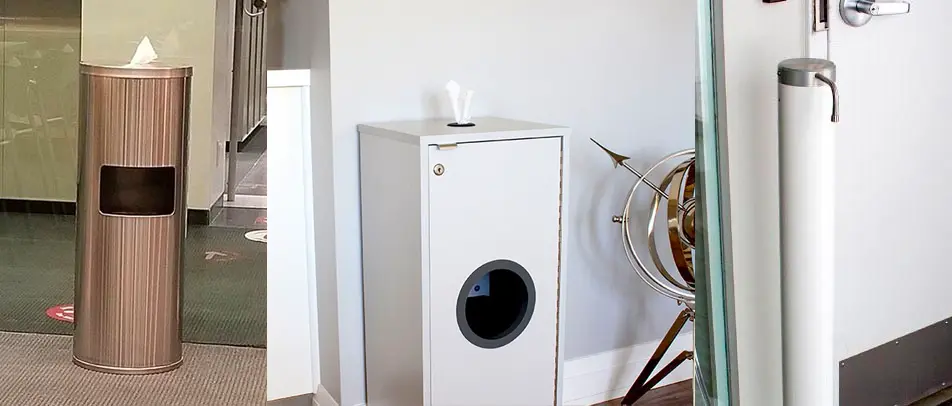
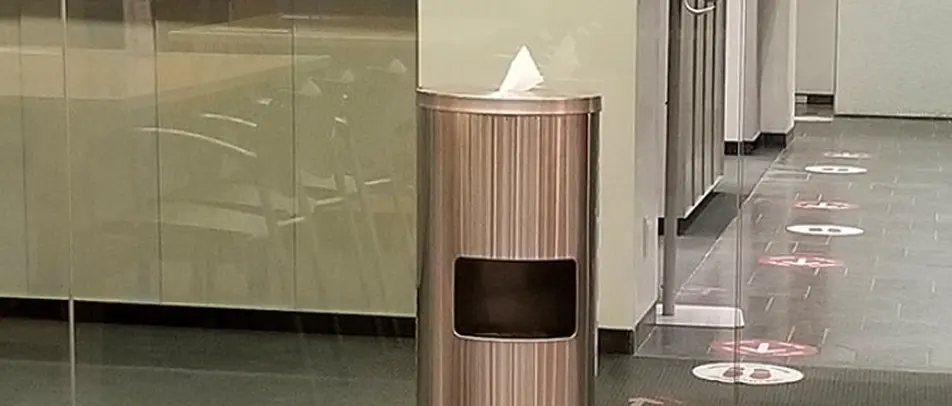
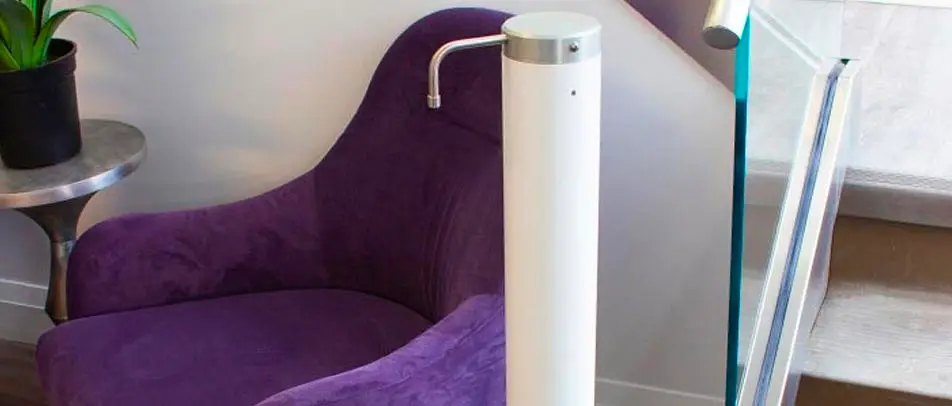
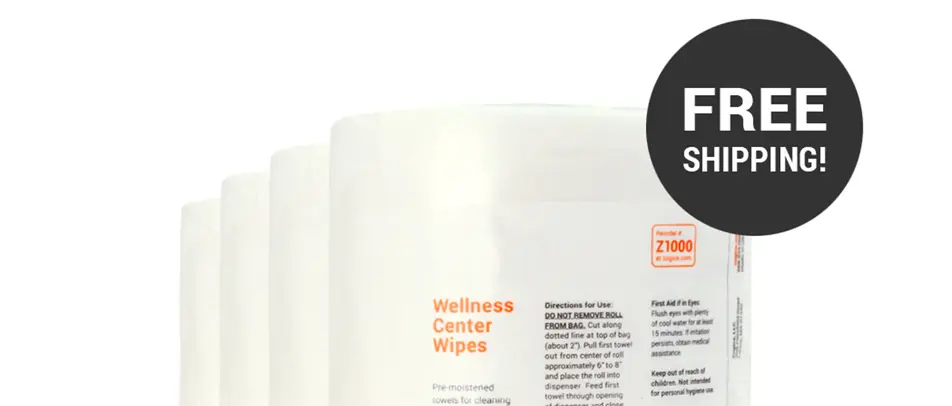
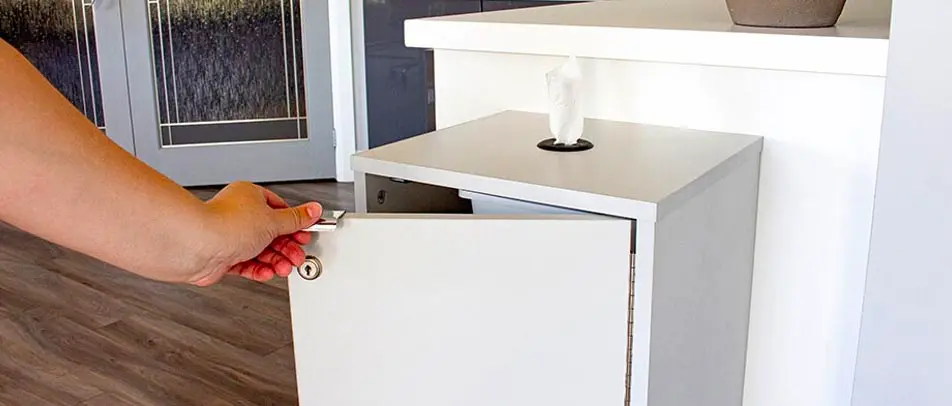
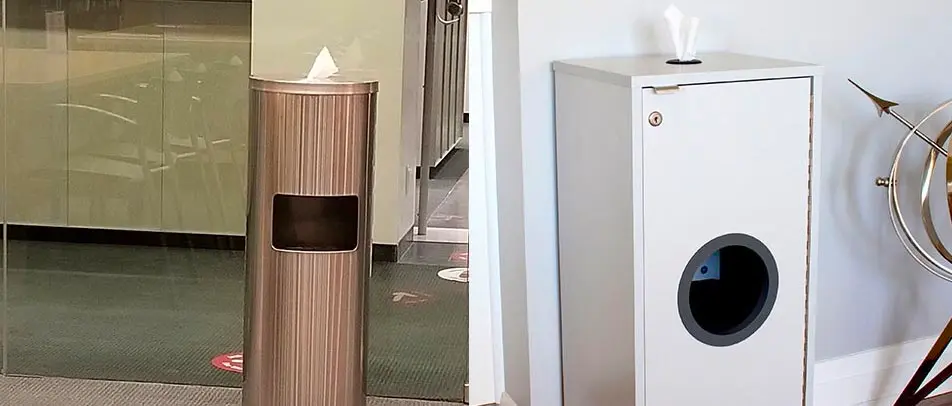


 Three Ways to Engage Teams and Clients to Maximize Your Recycling Program Engagement
Three Ways to Engage Teams and Clients to Maximize Your Recycling Program Engagement  How to Integrate Accessibility Into Your Sustainability Planning
How to Integrate Accessibility Into Your Sustainability Planning  Why Park Benches Can Promote Workplace Well-Being
Why Park Benches Can Promote Workplace Well-Being 
